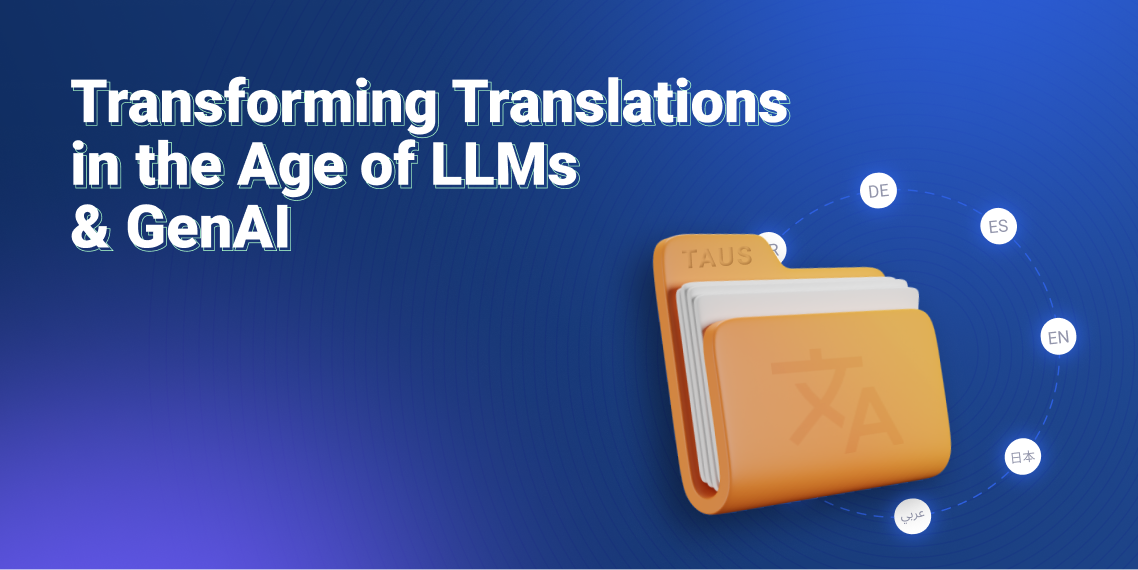Powering Language Data
02/09/2019

TAUS has now transitioned from a think tank to a language data network. Today we offer a comprehensive range of data services and software for our many users. Working on the launch of the TAUS Program for 2020 we have chosen Powering Language Data as our theme for the new season.
Author

Jaap van der Meer founded TAUS in 2004. He is a language industry pioneer and visionary, who started his first translation company, INK, in The Netherlands in 1980. Jaap is a regular speaker at conferences and author of many articles about technologies, translation and globalization trends.
Related Articles
11/03/2024
Purchase TAUS's exclusive data collection, featuring close to 7.4 billion words, covering 483 language pairs, now available at discounts exceeding 95% of the original value.
09/11/2023
Explore the crucial role of language data in training and fine-tuning LLMs and GenAI, ensuring high-quality, context-aware translations, fostering the symbiosis of human and machine in the localization sector.
19/12/2022
Domain adaptation approaches can be categorized into three categories according to the level of supervision used during the training process.



